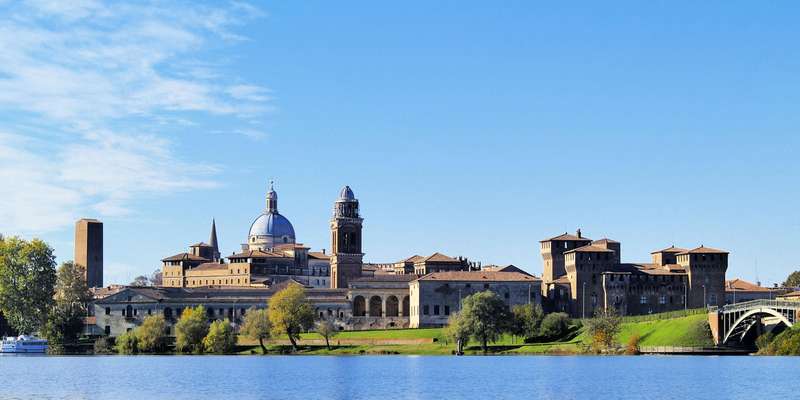- Home
- Useful Tips
- Mantua's top three hidden art treasures
Many travelers to Mantua miss its most breathtaking art treasures, simply because they don't know where to look. While the Ducal Palace draws crowds, 72% of visitors leave unaware of the city's hidden masterpieces tucked away in less obvious locations. This oversight means missing some of Italy's most remarkable Renaissance art, created for the discerning Gonzaga court. The frustration of returning home only to discover you walked past a Giulio Romano masterpiece or an overlooked Mantegna work is real. Locals whisper about these artistic jewels, but finding them requires navigating unmarked alleyways and deciphering limited signage. For art lovers, this gap in awareness can turn what should be a profound cultural experience into a series of missed opportunities.


Why Palazzo Te's hidden chambers outshine its famous halls
Beyond Palazzo Te's well-trodden reception rooms lie intimate chambers where Giulio Romano's genius unfolds without crowds. The Camera delle Aquile (Eagle Room) features breathtaking trompe-l'œil architecture that makes the vaulted ceiling appear to open to the sky, a technique so convincing visitors instinctively duck. Few notice the small doorway leading to the secret Garden of the Sun and Moon, where fading frescoes reveal Romano's playful mythological scenes painted for private contemplation. These spaces were designed for Federico II Gonzaga's personal use, making their preservation all the more remarkable. Arrive at opening time or during lunch hours when tour groups thin out, allowing you to appreciate the delicate stucco work and erotic subtext of the Loggia of David undisturbed.
San Sebastiano Church's forgotten Renaissance masterpiece
Leon Battista Alberti's architectural gem houses one of Mantua's most overlooked artistic treasures - the funerary chapel of Andrea Mantegna. Though the church itself is a marvel of mathematical proportions, most visitors miss the subtle doorway leading to the chapel containing Mantegna's original tomb and fragments of his frescoes. The space feels frozen in time, with 15th-century inscriptions and the artist's personal emblem still visible. Local art students often sketch here, knowing the morning light perfectly illuminates the surviving 'Baptism of Christ' fragments. A little-known tip: the sacristan can sometimes provide access to view Mantegna's preliminary sketches kept in the adjacent rectory, offering rare insight into the master's creative process.
The secret courtyard where Renaissance meets contemporary
Tucked behind an unassuming entrance on Via Accademia lies Casa del Mantegna's hidden treasure - a circular courtyard that bridges Mantua's artistic past and present. While the ground floor displays Mantegna's architectural precision, the upper loggia hosts rotating exhibitions of modern artists responding to Renaissance themes. Most tourists photograph the exterior and leave, missing the provocative juxtaposition of ancient techniques and contemporary installations. Particularly striking is how the morning light transforms the space - arrive before 11am to see sunlight align perfectly with the oculus, creating dynamic shadows that change with the seasons. The custodian often shares stories about how 20th-century artists like De Chirico found inspiration in this space.
How to access Santa Maria della Vittoria's locked treasures
The tiny Santa Maria della Vittoria church holds Mantua's best-kept artistic secret - a complete cycle of early 16th-century frescoes hidden behind its perpetually closed doors. Local art historians consider these works crucial for understanding the transition between Mantegna and Correggio. While the church rarely opens to the public, there are two reliable ways to view them: coordinate with the Mantua diocesan office for their monthly conservation tours (free but requiring advance email requests), or visit during the Settimana della Cultura when all normally closed sites open their doors. The frescoes' vibrant colors have been protected by centuries of darkness, making their sudden revelation all the more breathtaking. Patience rewards those who persist - the sacristan often shares fascinating details about the recently discovered underdrawings visible in infrared photography.



